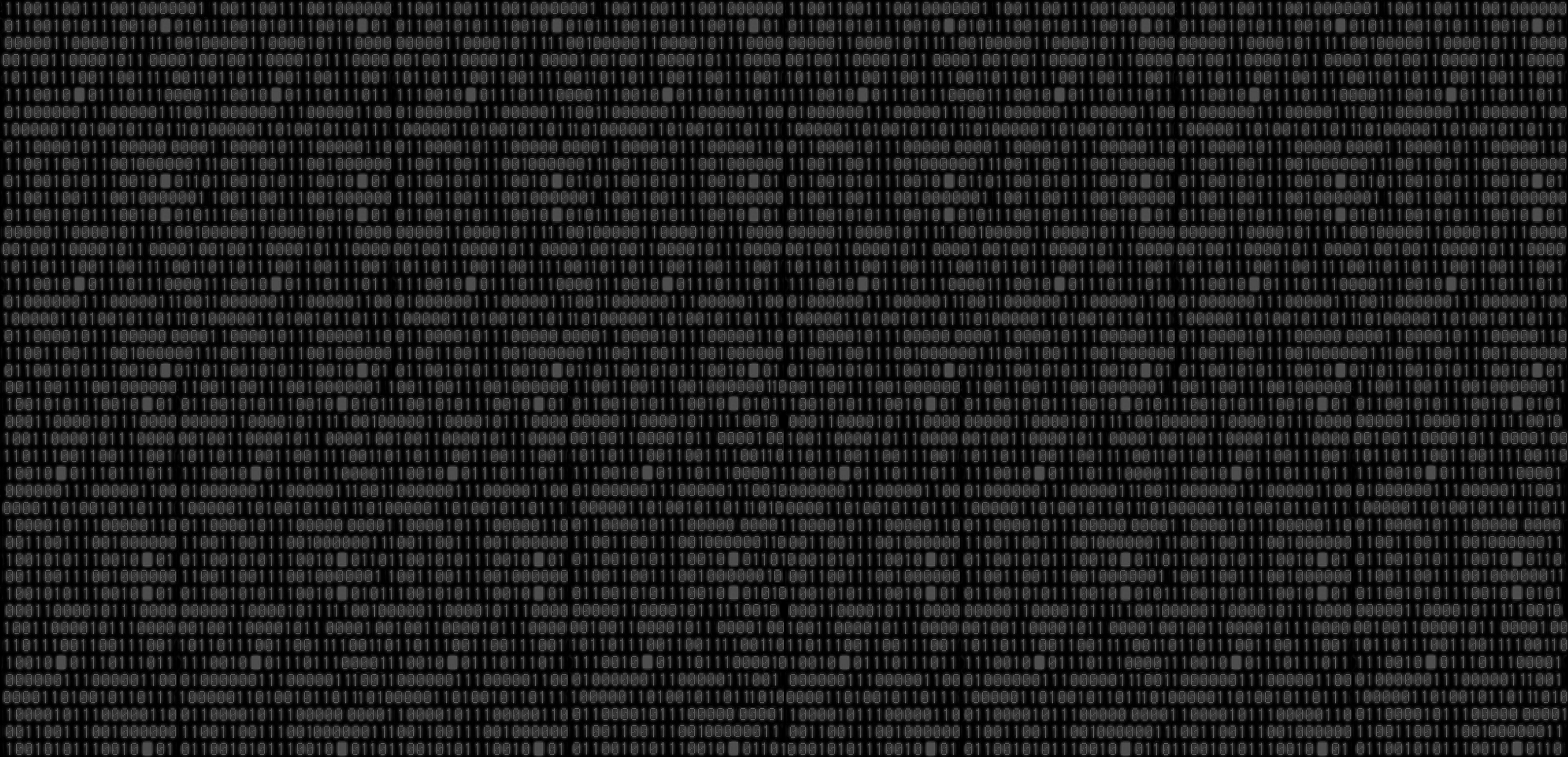
Classic martial art films are usually based on an Asian martial art style. However, when it comes to demonstrating the art of the fist, Hard Times (1975) delivers. The raucous crowd, screaming for two shirtless, bare-knuckle brawlers, from behind a chain-link fence, may remind some viewers more of a modern MMA match than a film from the seventies. Hard Times, starring Charles Bronson, in one of his best performances, is a stunning example of the quintessential “fight film.” Directed by Walter Hill, (The Warriors, 48 Hours), the movie showcases one of action film’s most famous stars, as he demonstrates the ultimate in pugilistic virtuosity.
Charles Bronson
Hard Times was the directorial debut of Walter Hill. With a distinguished career as a writer, including writing the screenplay for the Steve McQueen classic The Getaway (1972), Hill chose the savagely authentic film about a laconic fighter with a sledgehammer punch for his first project. Hill was kind enough to take some time to speak with me about the film, and why the 52-year-old Bronson was not his first choice to star, “It was really written with the idea that the guy was kind of a young Jack Dempsey. There was a time in Dempsey’s life, before he became a professional boxer, where he would have a series of bar fights and open-air fights, just for money, like this movie. But let’s face it, that’s usually thought of as a young man’s game.”
Although it is hard to watch the movie now and imagine anyone other than Bronson as the main character, Chaney, Bronson was a practical choice rather than an inspired one, as Hill tells, I was a first-time director and they explained to me that if I wanted to be a director on this movie, we should go to Bronson. I decided I wanted to be a director.” The decision made, Bronson would still have to agree. With a solid list of classic action movies like The Mechanic (1972) and Death Wish (1974) under his belt, it was not a done deal. “I remember then thinking that: Oh, he’ll turn it down. He’ll see that he’s too old. And they called back about two days later saying: Love’s the script and wants to do it.”
It was an in-person meeting and getting to know Bronson that made Hill a believer in casting the action icon, “I must say, I changed. Charlie was in such good physical shape, and he had that intimidating kind of…I used to say every once in a while he’d give you the death look. So, I thought, he’s going to be fine. And he was more than fine, he was wonderful in the movie. He did a great job.”
And…Action!
Set in New Orleans in the 1930s, the world of Hard Times is full of tough characters earning their living by their wits and their fists through gambling and fighting. Viewers may be surprised when they see the shirtless Bronson’s incredible 52-year-old physique. Far from a “Dad bod,” Bronson looks every inch the character of the hard-punching competitive “hitter,” as the fighters are called in the film. Although Bronson denied that he worked out at all, and chalked up his remarkable form to genetics, I asked Hill if there was a special diet or exercise program that the action star followed. “I’ve been told that that is not true, that he worked out a lot, but he did it very privately if he did. Again, I don’t know.”We may never know whether he lifted weights, or was just blessed with ancestry from Mount Olympus. However, his image on the screen will always be impressive.
An image alone, no matter how impressive, won’t sell a fight though. If you’re going to have a fight movie, the fighting has to be good and it has to look real. Most of the films of the seventies had a particular realism. In an age before CGI, everything had to happen in front of the camera. Hill referred to the credo of the industry at the time, “The jokes were funny, but the bullets were real. What that meant was, when the gunfire went off or the punch is thrown, or something like that, there was a sense of reality about it. In so many of the films now, you hit a guy with a two-by-four and he just gets up like nothing happened. Or you kill him, and then he jumps up and he’s still alive. it’s a different kind of movie.”
The fights in Hard Times weren’t handed over to a fight choreographer as they would be today. Hill and the stunt coordinator were the engineers of the action.“Max Kleven was the stunt coordinator, and I just worked it out with Max. Charlie (Bronson) was very accepting of the routines that we laid out. The thing I wanted is, I didn’t want to do just kind of movie fights. I wanted it to be a different kind, a little more formal combat. It’s always amazed me, like when you see boxing in movies, it’s very different than real boxing. You still have to be theatrical and it’s obviously gotta move the audience, gotta move the needle. The other thing was that I didn’t want to do lots of cuts and bruises and things like that. I had seen bar fights, and quite often they weren’t very bloody at all.”
The fights in Hard Times are a kind of brutal ballet. The action is the result of Hill’s original vision when he became the director. I wanted a kind of, it’s an odd word to use, but a kind of elegance to the style of the fighting, especially the last fight (with Nick Dimitri). And the one with Jim Henry (Robert Tessier) in the cage fight was more no holds barred.”
The Legacy
Upon its initial release, Hill remembers that though the film was successful, it was not without its challenges. “It wasn’t a big hit, but it was kind of a hit. It didn’t get brilliant reviews, but it got a lot of good reviews, especially for a Bronson movie. They always used to say that: especially for a Bronson movie, which was very patronizing to Charlie (Bronson) and condescending. But, you know, it’s a rough business.” Even though the film garnered praise for both, the star and director, they did not work together again. “We did not part on such good terms, but I really am eternally grateful for him doing the movie and his performance. As I often say, it got me a career. It got me going.”
Looking for more from the director? Walter Hill’s new film Dead For A Dollar is scheduled to be released in theatres in the US and Canada by Quiver Distribution in Fall 2022.
Interview, Martial arts movie, Entertainment
Black Belt Magazine
[crypto-donation-box]







